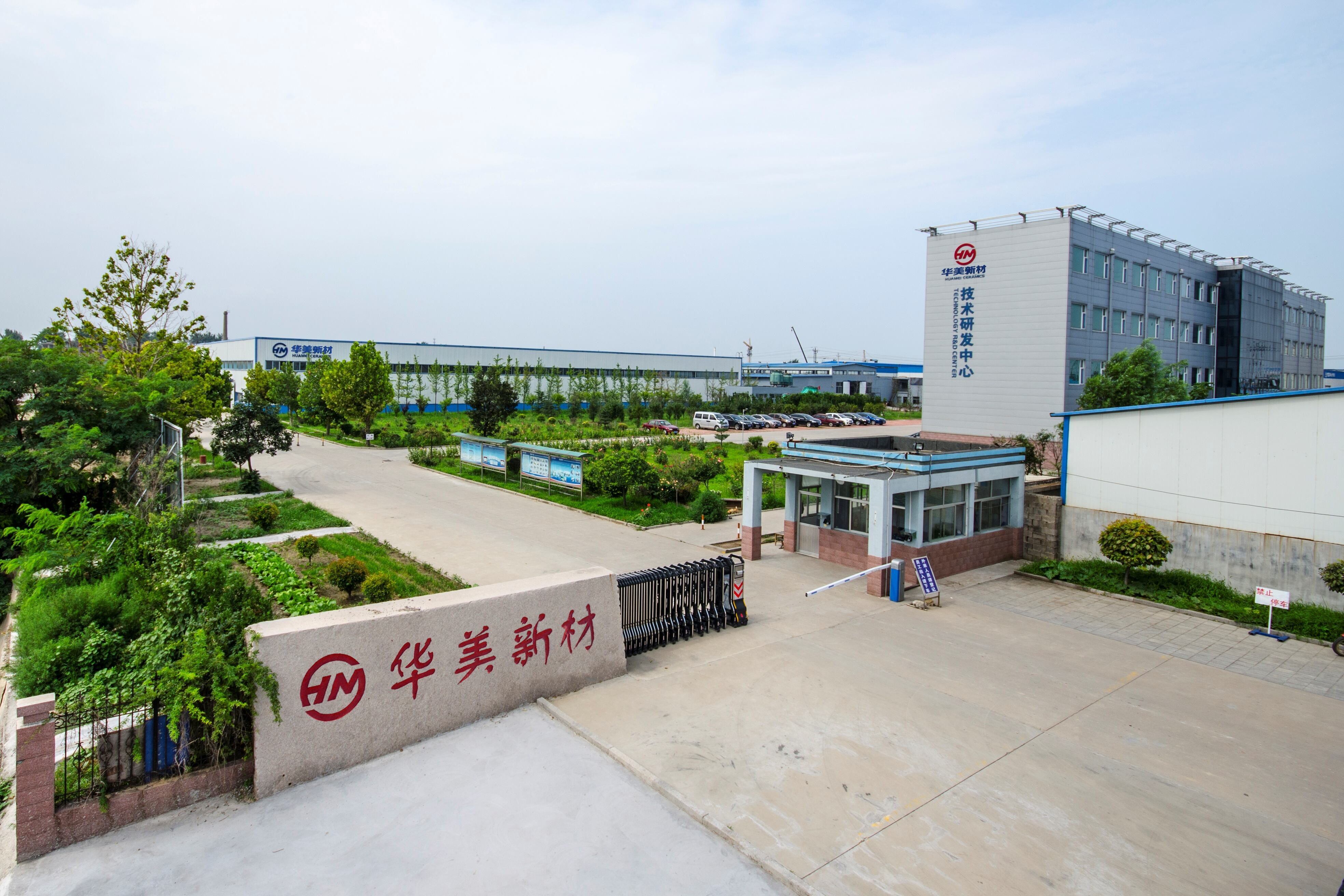תֵאוּר
צלחות חימום מקרبيد סיליקון KCE® מתהליך שיזור תגובה או שיזור ללא לחץ מיוצרות באמצעות דחיסה איזוסטטית ושיזור בטמפרטורה גבוהה. ניתן לבצע עיבוד בהתאמה לפי תרשימי עיצוב של המשתמש.
תכונות
גיליון נתוני טכניים KCE® SiSiC/RBSiC/SSiC
| פרמטרים טכניים | יחידה | ערך SiSiC/RBSiC | ערך SSiC |
| תכולת סיליקון קרביד | % | 85 | 99 |
| תכולת סיליקון חופשי | % | 15 | 0 |
| צפיפות נפחית 20°C | g/cm³ | ≥3.02 | ≥3.10 |
| ספיגות פתוחה | נפח % | 0 | 0 |
| קשיות HK | גרם/מ"מ² | 2600 | 2800 |
| прочות כפיפה 20 מעלות צלזיוס | מגה פסקל | 250 | 380 |
| Прочות כפיפה 1200 מעלות צלזיוס | מגה פסקל | 280 | 400 |
| 20 – 1000 מעלות צלזיוס (מקדם ההתפשטות התרמית) | 10–6 K–1 | 4.5 | 4.1 |
| מוליכות תרמית 1000 מעלות צלזיוס | W/מ"ק | 45 | 74 |
| סטטי 20 מעלות צלזיוס (מודול האלסטיות) | GPa | 330 | 420 |
| טמפרטורת עבודה | °C | 1300 | 1600 |
| טמפרטורת עבודה מקסימלית (אוויר) | °C | 1380 | 1680 |
יישומים
צלחות חימום מקרبيد סיליקון KCE® RBSiC/SiSiC/SSiC ניתנות לשימוש בייצור תת-שכבות זכוכית; לשימוש במכונות עקימה חמה של זכוכית תלת-ממד לטלפונים ניידים ותצוגות טאבלט; לשימוש במכונות עיצוב תרמי של זכוכית תלת-ממד לشاشות פאנל בקרה סופיות ברכב; לשימוש במכונות עקימה חמה לצורף זכוכית לא-ספרית (מכונות צביעה).
יתרונות
תכונות הטמפרטורה הגבוהה העליונה של לוחיות חימום של RBSiC / SiSiC / SSiC סיליקון קרביד יש את היתרונות, כגון התובנות תרמית גבוהה, אחידות טמפרטורה טובה, העברת חום ומהירה ופיזור, ומהירות תגובה תרמית מה








